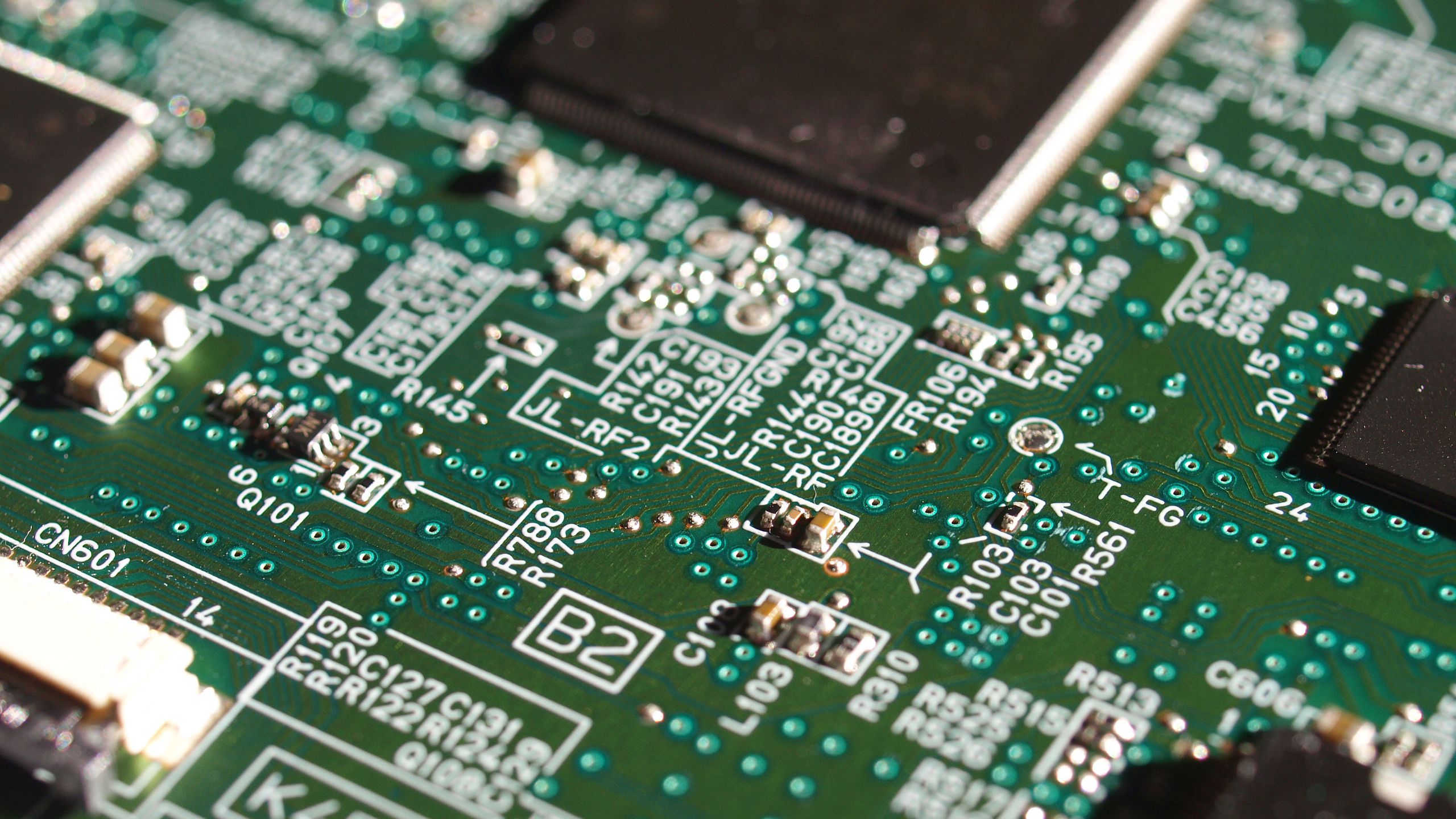PCBA & SMT Fabrication Supply Chain Services In China
Printed Circuit Board Assembly (PCBA) is an integral process in electronics manufacturing where components are soldered onto a printed circuit board to create electronic devices. This meticulous and precise assembly work requires a deep understanding of circuitry, soldering techniques, and quality control measures to ensure functionality and reliability of the final product. A professional in the field of PCBA must possess excellent attention to detail, problem-solving skills, and a keen eye for detecting potential defects during the assembly process. By adhering to industry standards and best practices, professionals in PCBA play a crucial role in the production of cutting-edge technology that powers our modern world. Through their expertise and dedication, they contribute to the seamless integration of components, the optimization of manufacturing processes, and the delivery of high-quality electronic products to consumers worldwide.
SMT (Surface Mount Technology), also known as SMD (Surface Mount Device), is a crucial method in modern electronics manufacturing where components are directly mounted onto the surface of printed circuit boards (PCBs). This technique offers multiple benefits, including higher component density, improved vibration resistance, and reduced production costs compared to traditional through-hole components. The utilization of SMT enables the creation of smaller and lighter electronic devices, making it a popular choice in various industries such as consumer electronics, automotive, and healthcare. Engineers and manufacturers often prefer SMT due to its efficiency in mass production and its compatibility with automated assembly processes. Understanding the intricacies of SMT, including component placement, soldering techniques, and quality control measures, is essential for ensuring reliable and high-performance electronic products. Overall, SMT plays a vital role in enabling the advancement of technology and innovation by providing a streamlined and effective approach to electronic manufacturing.
My consulting services can be tailored to provide solutions that are designed specifically for your business, whether it’s optimizing for cost, quality, precision, or a combination of these factors.


AOL Inspection
Automated Optical Inspection (AOI) testing is very common in the SMT industry and is suitable for all board production and PCB assembly. It is mainly used to judge the welding problems of components by the appearance characteristics of components. It can also be determined by checking the color and screen printing of the components on the IC, and whether the components on the circuit board are misaligned
FAI Inspection
FAI mainly is to do the first article PCBA through the integration of BOM table, coordinates and high-definition scanning of the first image automatic generation detection program, fast and accurate component detection, and automatically determine the result, generate the first article report. To achieve the purpose of improving production efficiency and capacity, while strengthening quality control.
DIP Inspection
DIP inspection is mainly inspect the bottom of the board, board surface, copper foil PCB circuit, through hole, etc., should have no cracks or cuts, no short circuit caused by bad cutting. The edge damage is acceptable within a certain length, more than the requirement is bad, bending degree is calculated based on the bending distance. Dip inspection ensure DIP processing compliance with quality standard.
X-Ray Inspection
X-RAY has strong penetration, and its perspective can show the thickness, shape and mass density distribution of the solder joint, which can fully reflect the welding quality of the solder joint, such as open circuit, short circuit, holes, bubbles inside the hole and insufficient tin and other quality problems.
ICT-In Circuit Test
ICT (In-circuit test) is contacted test technology, mainly used to mainly check out the failure problem includes bridge connection, false soldering, short circuit, open circuit, as well as the error such as component polarity and variety was mis-mounted, value overruns, etc.
FCT-Funcationa Circuit Test
FCT (Functional Circuit Test): PCBA power-up test, mainly including voltage, current, power, power factor, frequency, duty cycle, brightness and color, character recognition, sound recognition, temperature, pressure measurement, motion control, FLASH and EEPROM programing and other test items.
DFM Analysis
We offer our customers with free DFM checking: signal and mixing layer, power and grounding, drilling, soldermask and silkscreen analysis and checking, to ensure every detail is correct, and our engineers send engineering enquiries to our customers when they find any information that does not match with the original file or SMT process.
SPI-Solder Paste Inspection
SPI is mainly used to check the quality of solder paste printing. It accurately measures and analyses the solder paste printed on the PCB by means of a high-precision camera and advanced image processing technology, including key parameters such as the height, volume, area, shape and position of the solder paste.
Steel Mesh Tension Detecion
Steel surface tension standard in IPC electronic acceptance requirements contain reference indicators. The general use of steel mesh tension tester, placed at a distance of 15-20cm from the pitch, select 5-8 points, each square centimeter of tension is greater than 35 ~ 50 N. Ensure that the test results meet the specifications of the product.


